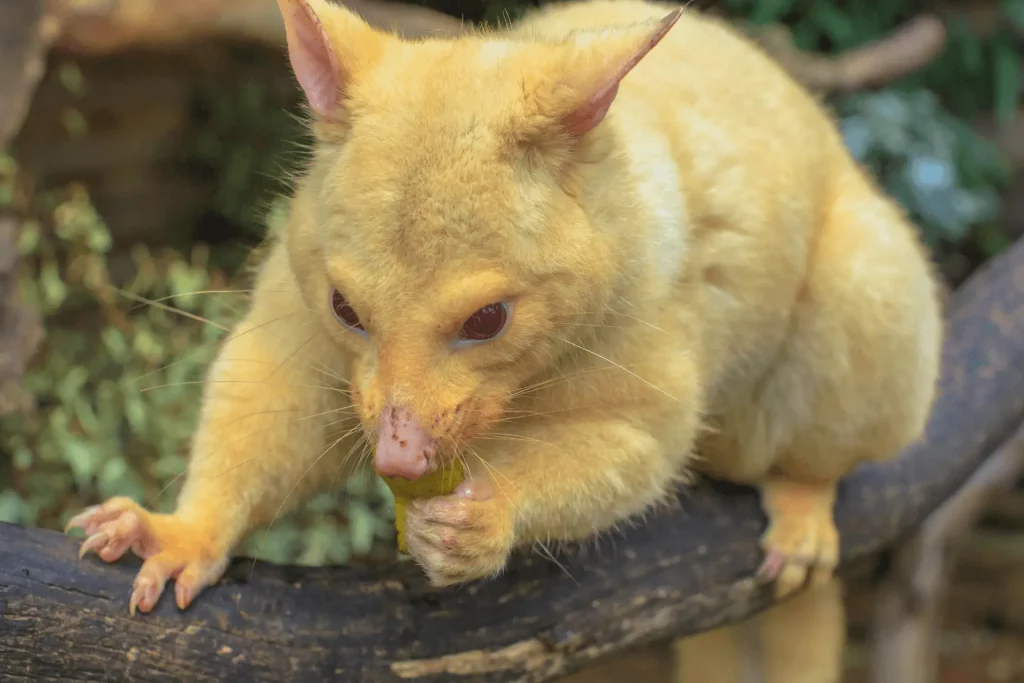If you have never traveled to New Zealand, you may not have even thought about the remarkable advantages of Possum Merino wool earlier. Even unless you know about merino wool or possess some own, you would not have been exposed to the results and benefits of combining possum fur and merino wool.
Merino wool is now widely recognized as the superior form of wool when producing specific types of outdoor clothing. This contrasts with the long-held notion that cashmere wool is the greatest type of wool for constructing attractive woolen garments. It is pretty light, insulating, airy, odor-resistant, & hard-wearing, among many other things, and is great for items like trekking socks, insulating layers, and cellar buffs.
On the other hand, the Possum Merino is a combination of possum fur and merino wool, both of which can be found in large quantities in New Zealand. Using a combination of merino wool, possum fur, and silken yarn – you obtain a wonderfully soft material with remarkable characteristics. For example, tests have shown us that Merino Possum wool is Thirty-five percent hotter than cashmere wool, fifty-five percent warmer than merino wool alone, and 14 percent lighter.
Table of Contents
Isolation Throughout Evolution:
In 1837, brush-tailed possums, which were originally from Australia and where they are now protected, were first brought to New Zealand to kickstart the possum fur trade.
By the year 1858, possums had successfully established themselves here. They discovered plenty of food and were not threatened by any natural enemies, so they have never looked back.
According to Christophers, possums currently inhabit almost all of the nation. They are on the verge of “taking a grip” on the only bit of territory in New Zealand free of the animals, which is the region of Fiordland. Possums have spread over nearly all of the country.
As a result of New Zealand’s ecology having developed in seclusion over the past 65 million years, it is completely defenseless against introduced species such as possums, stoats, and rats.
Possum Fur Has Some Defining Characteristics:
The extremely tiny and hollow strands that make up possum fur contribute to its insulation. The fact that polar bears have fur comparable to this demonstrates how efficient hollow fibers are in retaining heat and protecting against the cold.
Being a natural fiber Additionally, possum fur is excellent at soaking up moisture, transporting it away from the body and into the fiber’s core. Because of its one-of-a-kind properties, possum fur cannot freeze and contributes to the animal’s high level of warmth.
Because it is made up of hollow fibers, possum fur is not only an effective insulator. Still, it is also incredibly lightweight due to this property—the use of possum in merino knitwear creates extremely breathable clothing due to the mix of possum and merino.
Some accounts claim that possum fur is eight percentage points warmer than wool and 14 percentage points lighter. Because of these remarkable qualities, the market for items made from possum fur has recently experienced a significant uptick in growth.
Most people know that possums are not being raised specifically for their fur. The revenue generated from the sale of possum fur items goes toward managing a national menace in New Zealand.
What About Possum Merino Makes It Such Great Material for Hats, Gloves, and Scarves?

Specialists consider the fur of the polar bear and the Arctic fox to be the two warmest types of fur. Possum fur is considered one of the three warmest types of fur globally.
Their fur is so warm that it does not freeze, an intriguing feature about all three species. Imagine it happening! This incredible hollow-core architecture that all three of these furs have makes these so warming, and what makes them such effective protection for both man and beast alike.
Possum fur is not only soft and comfortable for people to wear, but it also has a wide range of applications. Possum fiber has anti-pilling capabilities because of its naturally soft ends, making it an excellent choice for knitwear.
The incredible thing is that it works wonderfully as a stabilizer for both cashmere and merino wool. As a result, the garments you wear will be cozier, lighter, and resistant to shrinking when they are washed.
Possum fur is quite similar to merino wool in that it is extremely plush, lightweight, breathable, and will retain its insulating properties even after being wet. Because of this, the two different materials are an excellent choice for merging.
The benefit that this offers for items such as hats and scarves is that it feels wonderful on your skin, and you can always depend on it to keep you toasty and warm. This advantage is especially useful for items that are worn on the head.
Possum Wool: Light and Soft as a Cloud

Another unintended consequence of these hollow hair shafts is that they impart an almost ethereal lightness to possum wool. Possum fur, when left on its own, is so light that even a little breeze may carry it away. Because of this lightness, even though it makes the yarn warmer, the weight of the yarn is decreased. The result is a yarn made from possum wool, lighter and warmer than fleece.
Heavenly, in more ways than one, possum wool is a wonderful material to work with. Each strand of yarn has a halo of a fluffy and silky texture. This soft halo is lovely to the touch and to look at. Producers can create a resistance to pilling and shrinking products by blending them with cashmere or wool.
Most other wool goods are less likely to maintain their shape and good form than those knitted or crocheted using possum wool yarns. The majority of them may be cleaned in the washing machine.
If you’re familiar with the process of “blooming,” in which yarns expand and become softer after being washed, you’ll know that possum wool is the undisputed champion when it comes to blooming. It will help if you look for designs that lend themselves well to blossoming and employing such.
Possum Problem:

They were first brought to New Zealand in the 19th century, and since then, they have been known to wreak havoc on the country’s forests by vying for food with the country’s native birds.
Possums can consume a half-pound (300 grams) of vegetation every day. They are also known to feed upon the eggs and young endangered bird species, such as the kokako, kereru, and kiwi, New Zealand’s national bird.
Because there are millions and millions of possums eating their way through our native trees, plants, and birds by the bushel, the marsupials are known as possums are not welcome in New Zealand’s native bush, which is why the country’s unique ecology and natural fauna depend on a healthy native bush.
Frequently Asked Questions:
How desirable is possum fur?
The extremely tiny and hollow strands that makeup possum fur contribute to tits insulation
Where does the possum fur come from?
The fur of the possum is a natural product derived from resources that can be replenished, and given that there are around 70 million possums in New Zealand, there is more than enough fur to go around. In contrast, faux fur is manufactured using ingredients sourced from nonrenewable resources based on petroleum.
What kind of fiber is possum?
A kind of rodent known as the “possum” is used to obtain the fiber known as a possum. In contrast to merino wool fiber, this fiber is extremely supple and silky. Because of its one-of-a-kind form and morphology, this fiber is remarkably distinct from the fibers produced by other animals: Because the fiber is hollow down its length, it offers a high level of warmth.
Bottom Line:
Possum Merino is a one-of-a-kind and forward-thinking fabric that changes the way we think about and approach clothing for outdoor activities. Because it provides all of the advantages of classic merino wool without any drawbacks, it is the ideal material for anybody who wishes to be able to use it in cold weather conditions while maintaining their warmth and comfort.
Possum Merino should be on your radar if you’re on the market for an alternative kind of fabric that can help you stay warm this winter.

